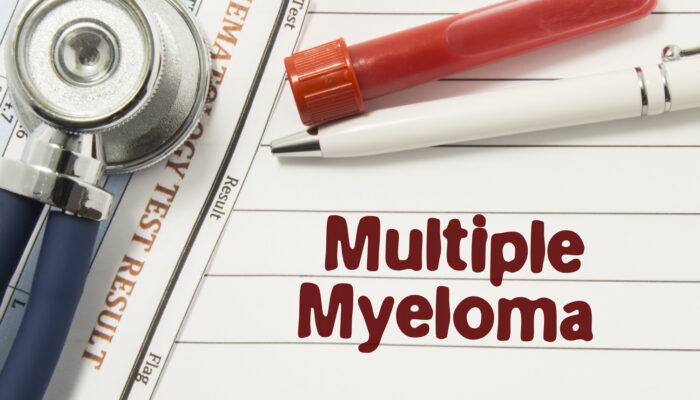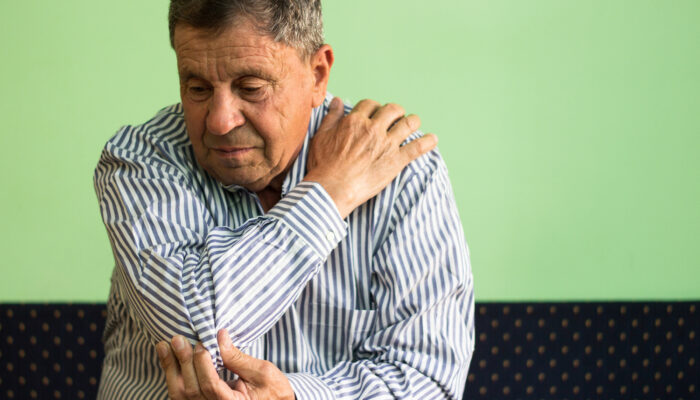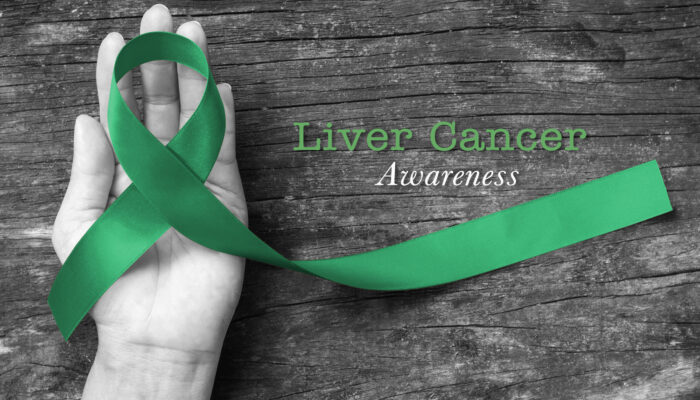
Causes for an overactive bladder
An overactive bladder is a medical condition caused by the involuntary contraction of muscles within the bladder. It can occur irrespective of whether the bladder is full or not. It is possible to diagnose that a person is suffering from an overactive bladder, though the exact reason for the involuntary contraction of these muscles is yet to be medically established.
An overactive bladder can lead to severe and even life-threatening complications. It can be caused by certain neurological conditions affecting the communication of signals between the nerves and bladder muscle. The impact can be a result of a stroke, multiple sclerosis, and Parkinson’s disease. Other non-natural causes likely to result in an overactive bladder are injuries or surgeries causing abdomen, pelvis or spine trauma. One of the complications of diabetes — diabetes neuropathy, defects in the neural tube and certain infections on the brain and spinal cord can also result in an overactive bladder.
Doctors point out that muscle activity in the bladder increases when there is an infection in the urinary tract. This creates an urge to urinate more and this infection causes burning sensation during urination.
Overactive bladder in women
Among women, overactive bladder-related symptoms might indicate menopause or pregnancy. When a woman is pregnant, her uterus expands, putting pressure on the bladder, and causing frequent and a sudden urge to urinate. This is most likely to continue even after delivery as the floor muscles of the pelvis become very weak. While this does not require any medication, it becomes normal after a few weeks with help in the form of specific exercises and physiotherapy.
When a woman attains her menopause, she experiences a sudden drop in the level of estrogen and this has a direct impact on the weakening of muscles in the bladder and urethra. During this period, she experiences ‘urge continence’ or frequent and sudden bursts of an urge to urinate and also leakage of urine. It is around the same that she also experiences stress, where even small physical activities like sneezing and even laughing can cause urine leakage due to pressure on the bladder.
Triggers and risk factors
Some of the common triggers for symptoms of an overactive bladder include constipation, not consuming enough vital beverages, addiction to liquor and caffeine, acidic foods and lack of adequate fiber in the diet.
Risk factors are common to both men and women, but the condition and impact vary according to age. It is not necessary that people who age will automatically suffer from an overactive bladder. Some myths are propagated in the country that elderly people cannot respond to treatment for an overactive bladder. Health care providers have dismissed it outright and say that only women who have gone through menopause and men with prostate problems are at greater risk. Treatment for curing an overactive bladder is available and has positive effects, doctors say.
People need to read up, understand the causes, symptoms and treatment options available to have a complete understanding of an overactive bladder. Consultation initially with the family physician and later with a specialist will clear all doubts among patients. This helps in managing their condition and along with maintaining an ideal weight, physical activity, planned diet, and treatment, the underlying medical conditions can be addressed.



